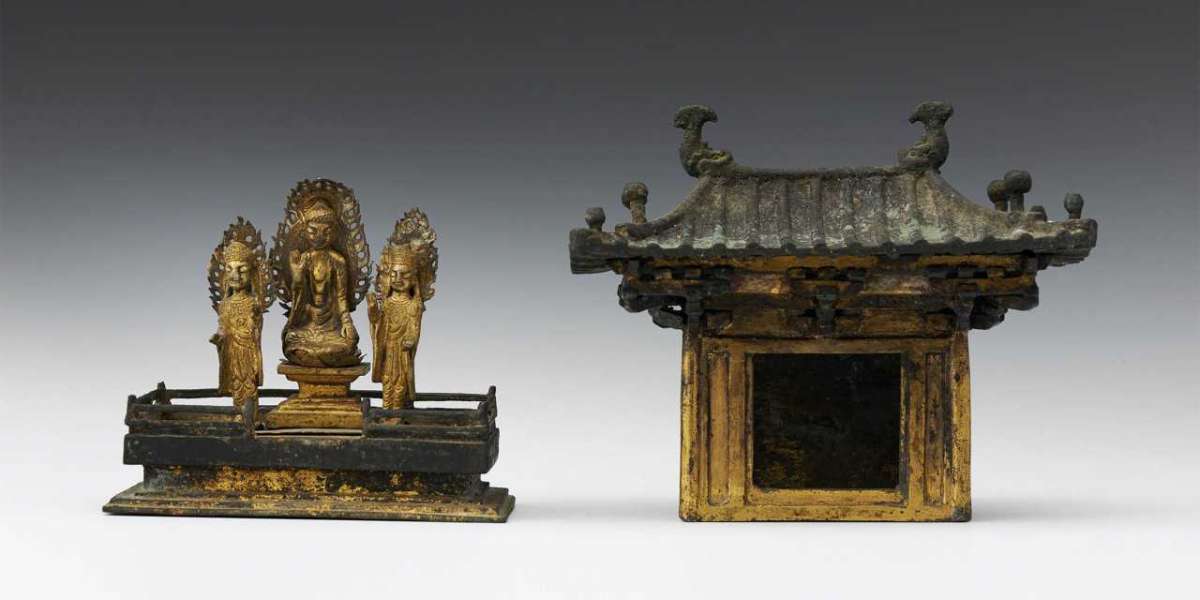At an auction conducted Thursday in Seoul, two state-designated national treasures failed to sell despite the fact that the auction was sponsored by South Korea's oldest private museum, which had generated controversy by placing the national treasures up for auction.
The two relics were the country's first national treasures to be placed up for auction, making them the most valuable in the country. In southern Seoul, the National Treasure No. 73, Portable Shrine of Gilt-bronze Buddha Triad, and the National Treasure No. 72, Gilt-bronze Standing Buddha Triad with Inscription of Gyemi Year, were both placed up for auction at K Auction.
However, while it is prohibited for state-designated cultural items to be sold outside of the nation, anybody within the country can place a bid on or acquire them if they are disclosed to the Cultural Heritage Administration in advance. National treasures, one of seven state-designated heritage classes, are considered to be rare and significant pieces of heritage with great historical significance.
In the 11th or 12th centuries, it is believed that the Portable Shrine of Gilt-Bronze Buddha Triad, which stands 18 cm tall, was erected. It is a small replica of a Buddhist shrine, and it has a statue of the Buddha in its interior. 2.7 billion won ($2.24 million) was the starting point for the bidding.
Known to have been carried by Buddhists for spiritual protection during the early 6th century, the Gilt-bronze Standing Buddha Triad with Inscription of Gyemi Year measures 17.7 centimeters in height and is known to have been carried by Buddhists for spiritual protection during the early 6th century. It is believed that the sculpture was made in Baekje in 563, during the tenth year of King Wideok's reign, based on an inscription found on the rear of the mandorla — a frame that encompasses the entirety of an iconographic figure. Bidding began at 3.1 billion won ($3.1 billion).
An auction was held by the Kansong Art Museum in May 2020 in an attempt to sell two state-designated treasures, which are defined as "tangible cultural assets of significant importance." According to the museum, the decision to put the items up for sale was an unavoidable result of the institution's ongoing financial troubles. The items were estimated to bring in a total of more than 3 billion won when combined.
After falling short of attracting bidders, the National Museum of Korea purchased the two treasures — Treasure No. 284, Gilt-Bronze Standing Buddha, and Treasure No. 285, Gilt-Bronze Standing Bodhisattva — in August to commemorate Kansong Chun Hyung-determination pil's to safeguard important national heritage. Chun founded the Kansong Art Museum in 1938, during the Japanese colonial era, in order to protect valuable cultural relics from being removed from the nation and sold elsewhere.



